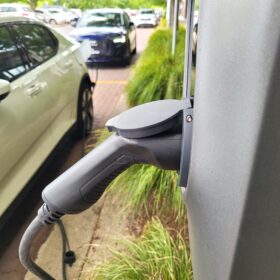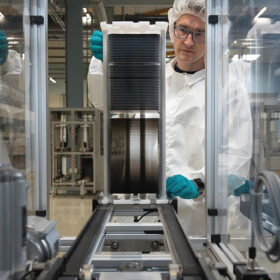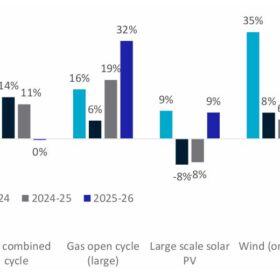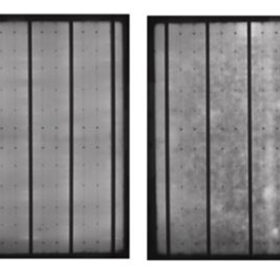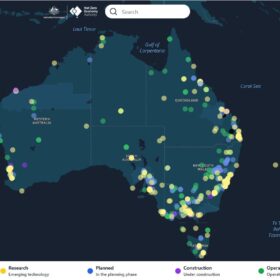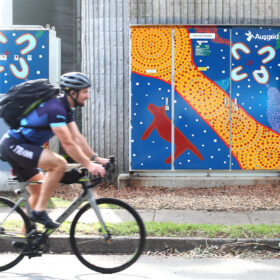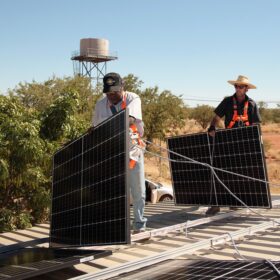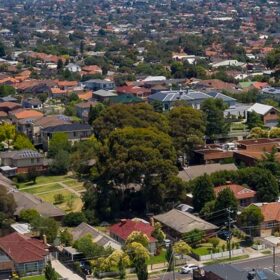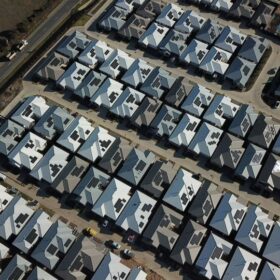Researchers unmask fast charge potential of hard carbon anodes
Japanese researchers have found sodium-ion batteries using hard carbon anodes can intrinsically charge faster than lithium-ion batteries, challenging long-held assumptions in battery research.
EnergyConnect transmission project records 10 million worker hours
Transgrid and Elecnor Australia, construction partners on the $4.1 billion, 700 kilometre EnergyConnect transmission project have clocked more than 10 million worker hours on the epic project involving the construction of over 1,000 transmission towers.
$994 million in contracts granted for Marinus Link Stage 1
Marinus Link has awarded $994 million in contracts as part of the TasVic Greenlink joint venture of DT Infrastructure and Samsung C&T Corporation to deliver the balance of works package for Stage 1.
Back contact perovskite solar cell efficiency improved with breakthrough research
South Korean researchers have developed a novel bilayer tin oxide electron transport layer for improving efficiency and stability of back-contact solar cells.
The impact of transparent conductive electrodes on perovskite-silicon tandem solar cell performance
An Oxford researcher has found that transparent conducting electrodes can reduce perovskite–silicon tandem solar cell efficiency by over 2%, with losses linked to electrical resistance, optical effects, and geometric trade-offs. Using a unified optical–electrical model, the scientist showed how careful optimisation of TCE stacks, coatings, and cell design is critical to closing the gap toward the 37%–38% efficiency frontier.
Renewables remain lowest-cost option says CSIRO report
The national science agency’s latest update on the cost of meeting Australia’s future power needs has again found firmed renewables provide the lowest-cost option for electricity generation.
IND targets global rollout of grid fault detection technology
IND Technology, the electricity grid safety start-up that was spun out of RMIT, has raised $50 million to help accelerate the global rollout of the company’s early fault detection technology.
Incat powers up world’s largest battery-electric ship
Australian shipbuilder Incat Tasmania has powered up the world’s largest battery-electric ship – and the largest electric vehicle of any type on the planet – and successfully completed its first e-motor trial in Hobart.
Research reveals impact of laser-assisted firing on TOPCon solar cell performance
A group of researchers from the University of New South Wales and Chinese module manufacturer Jolywood has conducted a comprehensive assessment of how laser-assisted firing processes influence the behaviour of TOPCon cells under the thermal conditions encountered during soldering, lamination, and high-temperature stress.
New tool tracks Australian government renewable energy investments
The agency tasked with helping manage Australia’s move to a net-zero economy has launched an interactive map featuring more than 800 Commonwealth-supported utility scale renewable energy and net-zero projects, transmission lines, and industrial projects.
